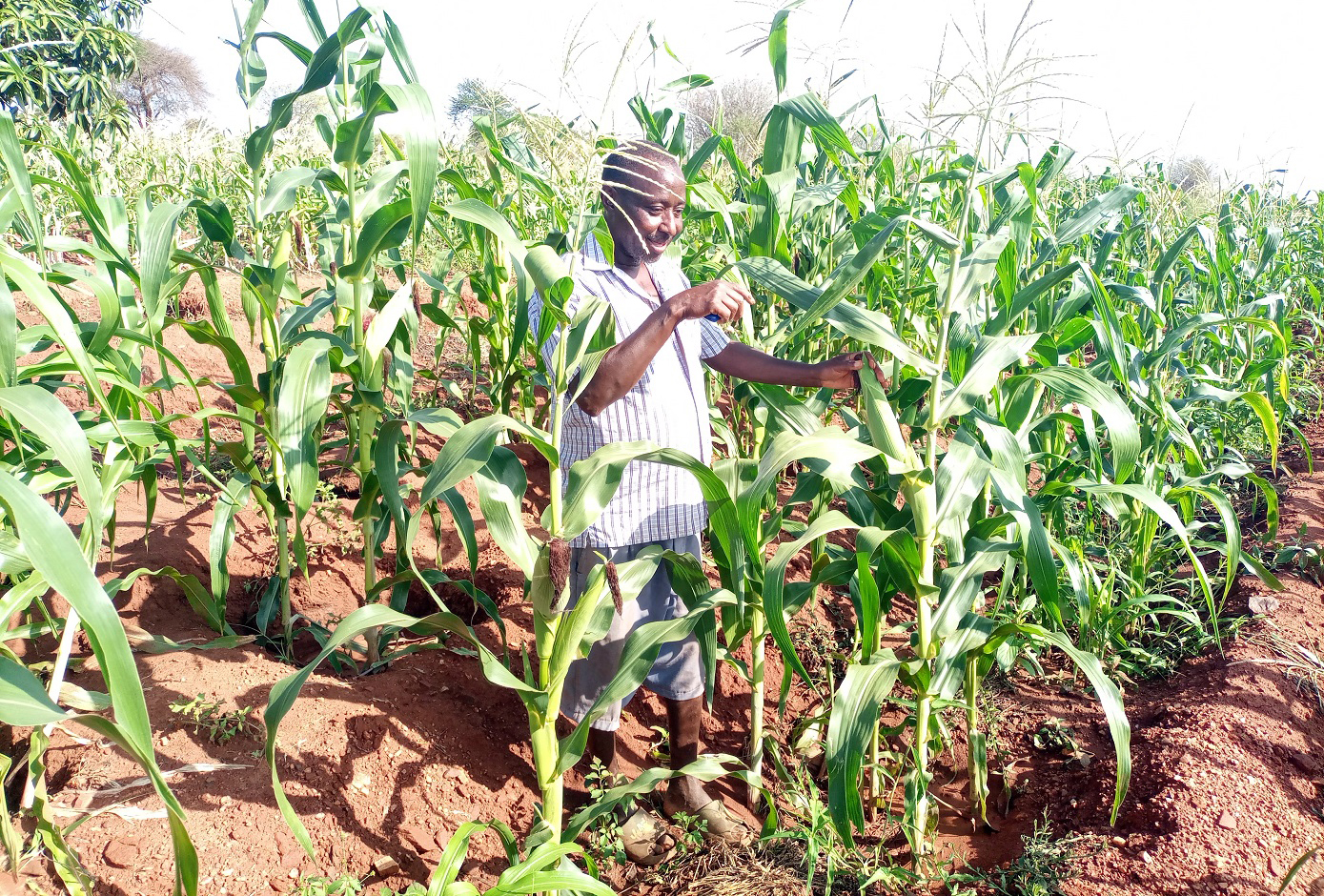

The agriculture sector recorded a mixed but overall improved performance in 2024.
This according to the Kenya National Bureau of Statistics (KNBS) was attributed to good agricultural practices, conducive weather and government’s support.
Kenya’s agriculture sector recorded notable improvements in 2024, with increased crop and livestock production, enhanced by government interventions, according to the Economic Survey 2025 released by KNBS.
Despite erratic short rains in the October–November-December (OND) season, the sector’s performance was boosted by the above-average rainfall in the March–April-May long rains season.
As a result, the agriculture, forestry and fishing sector expanded by 4.6 per cent in 2024, albeit slower than the 6.6 per cent growth in 2023.
“The agriculture sector exhibited overall improved performance in 2024, mainly due to increased crop yields, livestock production and sustained government support,” the report noted.
The sector value added increased from Sh1,634.1 billion in 2023 to Sh1,706.0 billion in 2024, individual crop performance varied.
It showed that maize production declined by 6.1 per cent to from 47.6 million bags in 2023 to 44.7 million bags in 2024.
This is largely due to the erratic OND rains. Potato production also dropped slightly from 2.3 million tonnes to 2.2 million tonnes.
However, gains were seen in other staples. Beans production increased from 9.6 million bags in 2023 to 10 million bags in 2024, and sorghum output also improved.
Coffee production rose by 1.6 per cent from 48.7 thousand tonnes to 49.5 thousand tonnes, with earnings surging 48.6 per cent to Sh29.6 billion, thanks to improved global prices.
The tea sector benefitted significantly from heavy rainfall in tea-growing areas, with green leaf tea production increasing by 4.2 per cent from 2,577.8 thousands tonnes in 2023 to 2,687.2 thousand tonnes, while processed tea output rose 4.9 per cent to 598.5 thousand tonnes.
A remarkable surge was recorded in sugarcane production, which jumped by 68.7 per cent from 5.6 million tonnes in 2023 to 9.4 million tonnes in 2024.
The livestock sub-sector continued its upward trajectory. “In 2024, camels slaughtered recorded the highest increase at 29.9 per cent, while cattle and calves rose 17.9 per cent,” KNBS reported. Sheep and goats slaughtered increased by 8.0 per cent, and pigs by 7.9 per cent.
Milk production hit 5.3 billion litres, a 1.0 per cent increase, while the quantity of marketed milk jumped 12.0 per cent to 908.4 million litres. This led to a 17.4 per cent rise in milk earnings to Sh60 billion in 2024.
Despite overall sector growth, the horticultural sub-sector faced setbacks amid export disruptions. The survey indicated that export volumes of fresh horticultural produce dropped 14.1 per cent from 468.4 thousand tonnes in 2023 to 402.2 thousand tonnes, while earnings declined 12.8 per cent to Sh136.6 billion.
Fresh vegetable exports suffered a significant drop of over 50 per cent, from 164.1 thousand tonnes in 2023 to 74.3 thousand tonnes in 2024.
Cut flower exports also fell by 11.9 per cent to 102.5 thousand tonnes, a decline attributed to logistics disruptions at Jomo Kenyatta International Airport stemming from Red Sea conflicts.
Fruit exports, however, defied the trend with a boost from 188.1 thousand tonnes to 225.4 thousand tonnes.
The KNBS report further showed that fish landings increased 4.4 per cent to 168.4 thousand tonnes, generating a 10.4 per cent revenue boost to Sh39.6 billion. In apiculture, honey production grew 13.5 per cent, while beeswax output surged 25.8 per cent.















